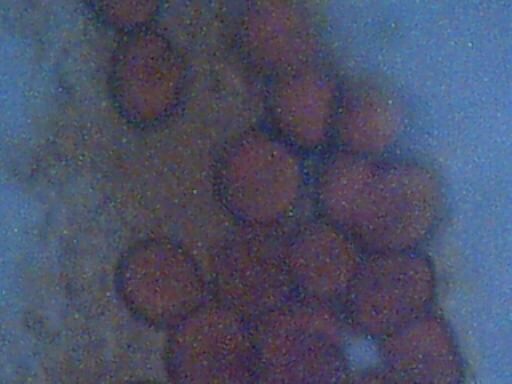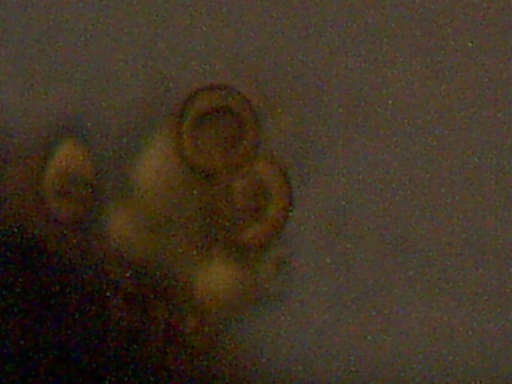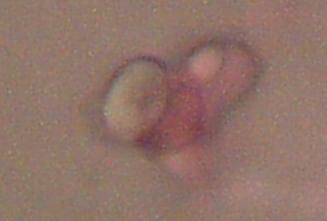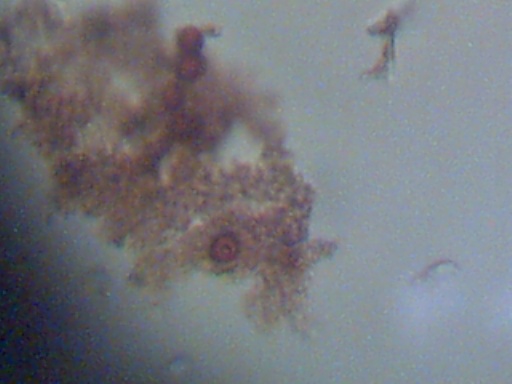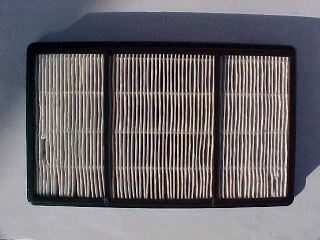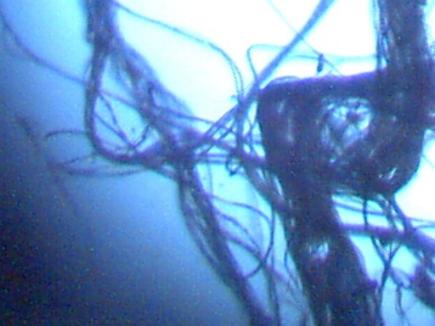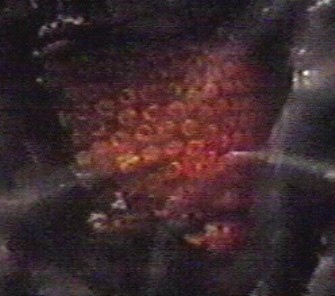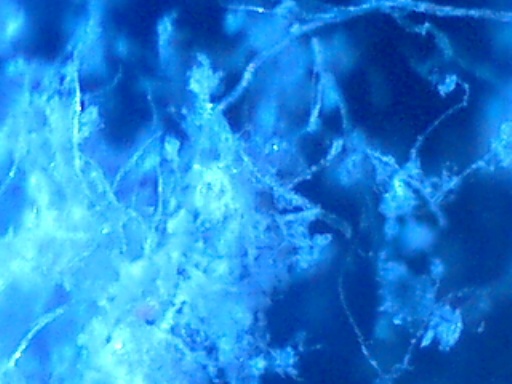
SUB-MICRON PARTICULATES ISOLATED
Current research involves a process of collection of atmospheric samples with the use of a plate ionizing filter from a citizen’s HEPA filter. This material is unusual in nature and is composed of two primary forms : fairly uniform fibrous and crystalline/powder materials. This material has been collected, placed into solution and subjected to electrolysis. A definite and repeatable chemical reaction does take place, which results in the formation of a highly insoluble precipitate. The best current analysis of that material positively identifies the existence of a metallic salt. The best analysis of the nature of that metallic salt is that of a barium compound which releases positive metallic ions in solution. In addition, direct visible observation of the precipitate under extremely high magnification detects the presence of reasonably uniform spherical sub-micron particulates within the electrolysis result. The specific gravity of these particulates is greater than that of water. Pictures of these samples are attached in this work. It has long been postulated that the size of the aerosols under examination is in the sub-micron range, and that extremely high magnification will be necessary for detection. The size range of the aerosols has previously been estimated at approximately 0.5 microns in size as a result of atmospheric light effects; this conforms to the current observations.


